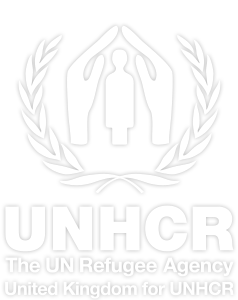Central African Republic crisis
Ambassana, a mother of four, fled conflict in the Central African Republic in 2013 to settle in Chad.
Clashes between armed groups have driven over 750,000 people like Germaine from the country. Please help these families find safety and survive.

Shelter

Essential supplies

Livelihoods assistance
What’s happening in the Central African Republic?
The socio-economic and political situation in the Central African Republic (CAR) is the cause of a long-term humanitarian crisis marked by forced displacement, an extremely fragile economy and limited basic services.
Despite some progress, the situation in CAR remains complex, unpredictable and volatile. At the same time, it is affected by crises in neighbouring countries, which result in more refugees arriving in CAR and impact the socio-economic developments in the country.
While the country has made progress towards peace, democratic governance and an improved humanitarian situation over the past five years – particularly in the south-west and major cities – it still faces challenges in security, protection and providing basic services to the most vulnerable and forcibly displaced people.
OCHA estimates that 2.6 million people in CAR will be extremely vulnerable in 2024, including many forcibly displaced families. Currently, 515,665 people are internally displaced, while 740,833 people have found refuge in neighbouring countries.
CAR is traditionally a destination and a transit country, contributing to tensions and conflicts over regional resources. While returns are slowly increasing as security is restored in some areas, other communities are fleeing areas where non-state armed groups are active.
In 2023, UNHCR’s protection monitoring system recorded over 32,800 protection incidents of various natures. Gender inequalities persist, with women and girls bearing a disproportionate burden and often facing violence and early marriages. Poor education and health services mostly affect women, girls and children.
How has the situation in CAR changed over the last few years?
The presence of local authorities has increased throughout the country after the signing of the Political Agreement for Peace and Reconciliation between the government and 14 armed groups in 2019. However, most of the armed groups once again took up arms against state forces, leading to a continued state of alert and localised conflict.
The situation further deteriorated with the 2020 presidential election, as most of the armed groups joined together under an alliance and marched on the capital to carry out a coup d’etat. Despite the failed attempt, periodic clashes continue between armed groups and state forces. While armed groups have been weakened, they continue to be active.
What is the forced displacement situation in CAR?
Over 450,000 people are internally displaced, with over 739,000 refugees and asylum seekers in neighbouring countries, such as Cameroon, Chad and the Democratic Republic of Congo.
Following the war that broke out in Sudan in April 2023, CAR is hosting more than 29,000 Sudanese refugees and over 6,000 CAR refugees who returned.
Since 2017, when the voluntary repatriation operation started, some 40,396 refugees opted to return to CAR, especially from Cameroon. In 2023 alone, some 3,347 returned through the voluntary repatriation programme, while approximately 3,705 returned under the adverse conditions forced by the crisis in Sudan.
Where are families fleeing to?
Families are crossing the border into neighbouring countries, like the Democratic Republic of Congo and Cameroon, where there are now over 200,000 refugees from CAR.
What’s the situation in the villages they’ve left behind?
Many villages in CAR lie deserted, with houses burnt, cattle stolen and fields of coffee, manioc and peanuts looted and vandalised by armed groups.
How do families support themselves far from home?
In the DRC – where most refugees stay, near the rivers in the borderlands – men support themselves by fishing, while women work as land labourers for around 23 pence a day.
Where can I access the latest data and reports?
CAR Operations – for latest on UNHCR’s relief work to protect displaced people inside the Central African Republic.
Did you know many refugees from CAR escape in canoes, or walk for weeks with little food or water to sustain them?

Ibrahim is back in his hometown after a long period of refuge.
He has started a six-month computer training course in Bouar in the Mambere Kadei as part of his reintegration.
Between 2013 and 2015, the conflict in the Central African Republic forced over 660,000 people to seek refuge in neighbouring countries, including Cameroon. Since 2017, UNHCR has been supporting Central African refugees in exercising their right to return, following the signing of a tripartite agreement between the governments of Cameroon, the Central African Republic and UNHCR.
Photo: © UNHCR/Stella Fatime


